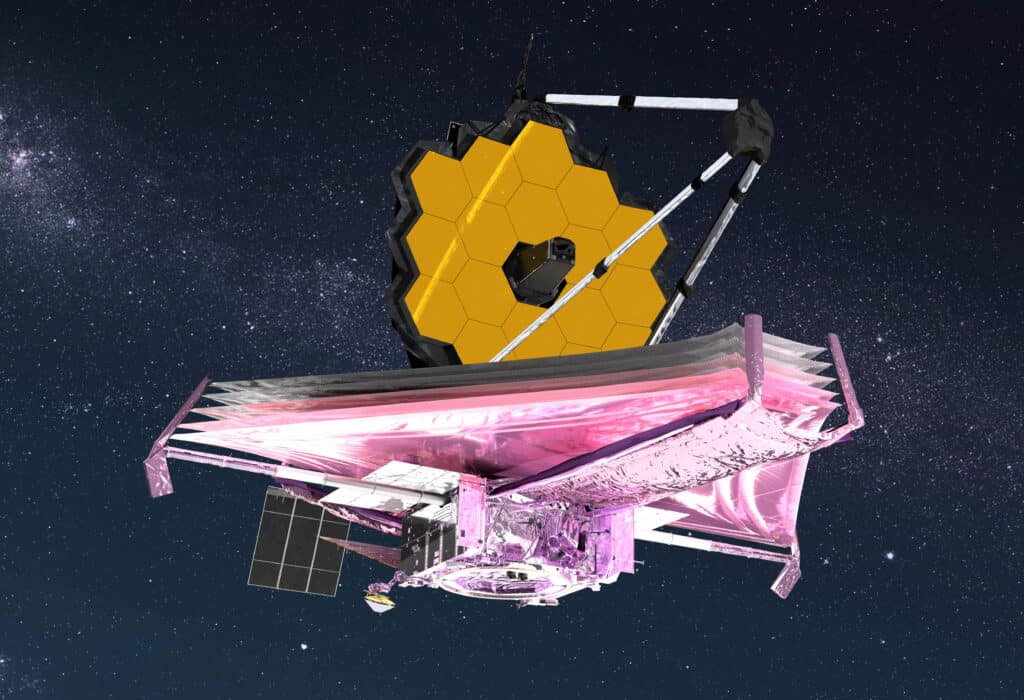NASA’s James Webb Space Telescope (JWST) has unveiled captivating images that are helping Australian astronomers unravel the mysteries of how infant galaxies triggered a spectacular burst of star formation in the ancient cosmos. The monumental discovery sheds light on the remarkable brightness of some early galaxies, which were ablaze with a radiant gas that outshone the emerging stars within them.
Astronomers from the ARC Center of Excellence for All Sky Astrophysics in 3 Dimensions (ASTRO 3D) have now revealed the prevalence of these brilliantly glowing galaxies that existed approximately 12 billion years ago. The images from the JWST have shown that nearly 90 percent of the galaxies in the early universe exhibited this luminous gas, resulting in what scientists call “extreme emission line features.”
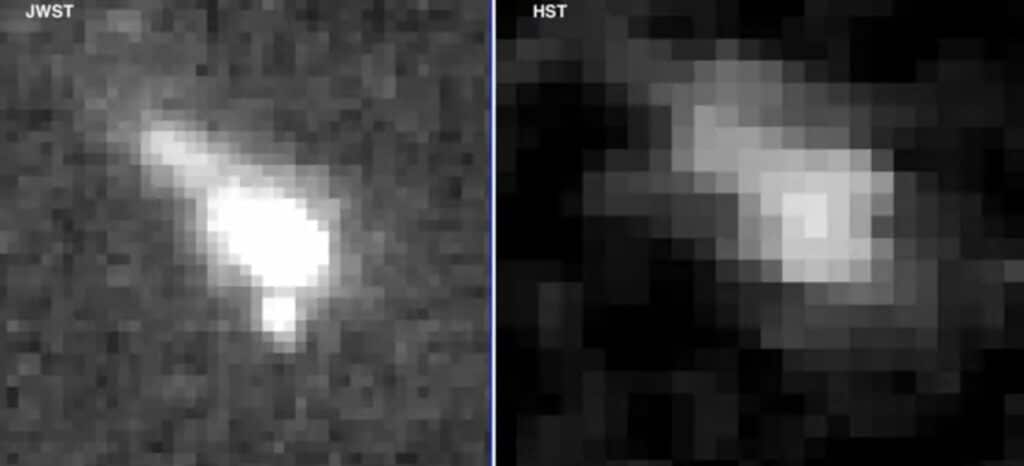
“The stars in these young galaxies were remarkable, producing just the right amount of radiation to excite the surrounding gas. This gas, in turn, shone even brighter than the stars themselves,” says study lead author Dr. Anshu Gupta, from ASTRO 3D and the Curtin University node of the International Center for Radio Astronomy Research (ICRAR), in a statement. “Until now, it was challenging to understand how these galaxies were able to accumulate so much gas. Our findings suggest that each of these galaxies had at least one close neighboring galaxy. The interaction between these galaxies would cause gas to cool and trigger an intense episode of star formation, resulting in this extreme emission feature.”
This discovery highlights the incredible clarity and precision that the JWST telescope offers in studying the early universe.
“The data quality from the James Webb Telescope is exceptional,” explains Dr. Gupta. “It has the depth and resolution needed to see the neighbors and environment around early galaxies from when the universe was only 2 billion years old. With this detail we were able to see a marked difference in the number of neighbors between galaxies with the extreme emission features and those without.”
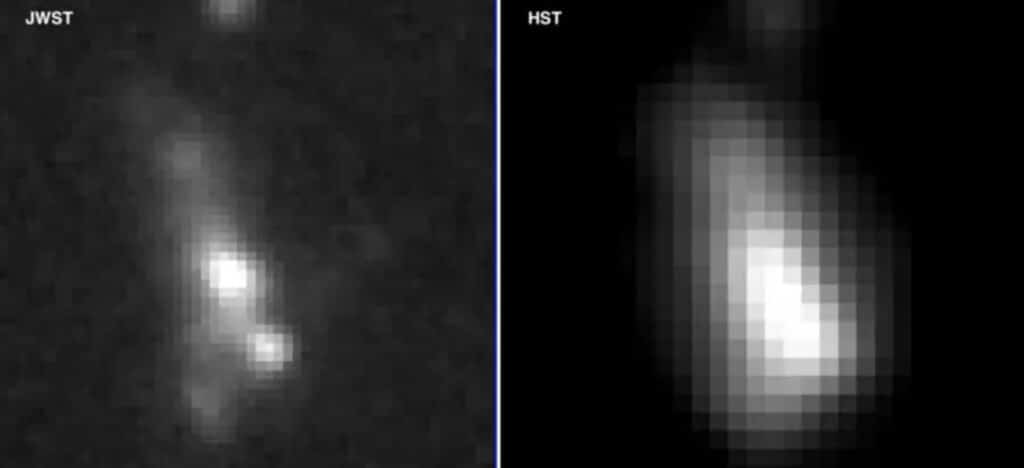
Before the JWST, astronomers faced difficulties in obtaining a clear picture of galaxies from this early epoch, as many stars had yet to form, resulting in fewer galaxies to study.
“Prior to JWST, we could only really get a picture of really massive galaxies, most of which are in really dense clusters making them harder to study,” notes Dr. Gupta. “With the technology available then, we couldn’t observe 95 percent of the galaxies we used in this study. The James Webb Telescope has revolutionized our work.”
This revelation challenges previous assumptions and underscores the significance of these extreme galaxies in early universe interactions.
“We suspected that these extreme galaxies are signposts of intense interactions in the early universe, but only with the sharp eyes of JWST could we confirm our hunch,” says Kim-Vy Tran, associate director from ASTRO 3D and the Center of Astrophysics, Harvard and Smithsonian.
The research relies on data gathered as part of the JWST Advanced Deep Extragalactic Survey (JADES) survey, which delves into the universe’s earliest galaxies using deep infrared imaging and multi-object spectroscopy. This discovery paves the way for further insights into the early universe’s mysteries.
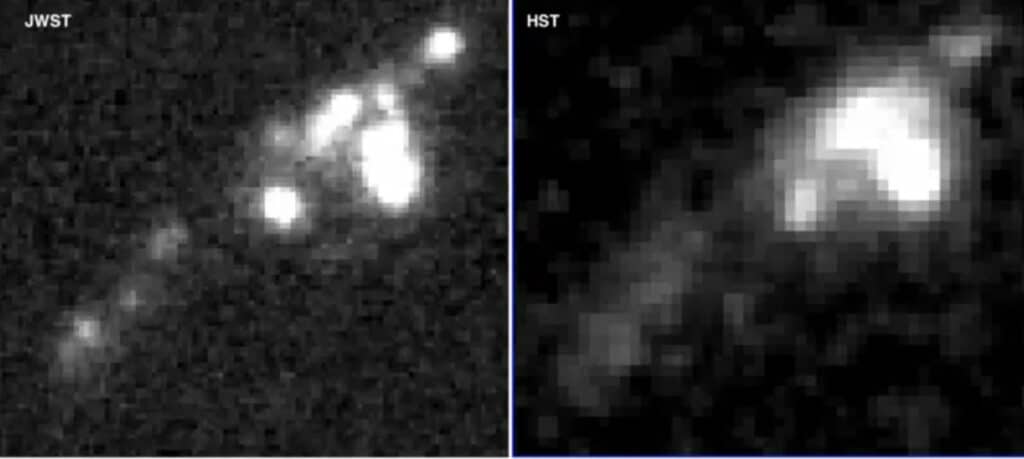
“What’s really exciting about this piece is that we see emission line similarities between the very first galaxies to galaxies that formed more recently and are easier to measure,” says study second author Ravi Jaiswar, a PhD student at Curtin University/ICRAR and ASTRO 3D. “This means we now have more ways to answer questions about the early universe, a period that is technically very hard to study.”
Emma Ryan-Weber, professor and director of ASTRO 3D, adds, “This research is core to the work of our Galaxy Evolution Program. By understanding what early galaxies look like, we can build on answering questions on the origin of the elements that make up our everything in our everyday life here on Earth.”
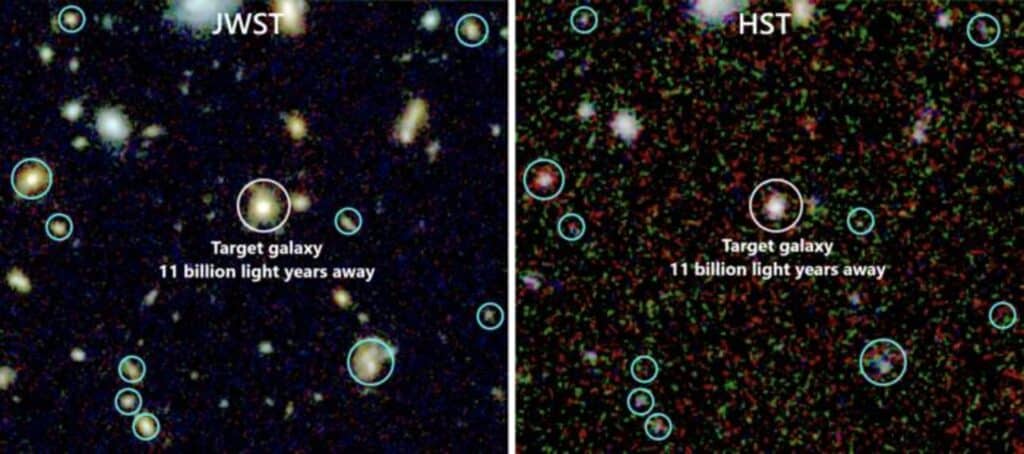
The study is published in The Astrophysical Journal.
